Introduction: Hatching a plan
We’re nothing if not greedy here at MOTOR. Our latest long-termer is one of 60 BMW M140i Performance Editions produced for Australia only.
In fact, it’s even rarer than that, as 1ID-7CK is one of just 15 manual M140i PEs so if you’re waiting to buy one, sorry, we’re not quite done with it yet.
In our defence, having rambled on at length about the M140i/M240i’s need for a limited-slip diff (and their M135i/M235i predecessors), when BMW answers our pleas is it any wonder we have our hands up for an extended test?
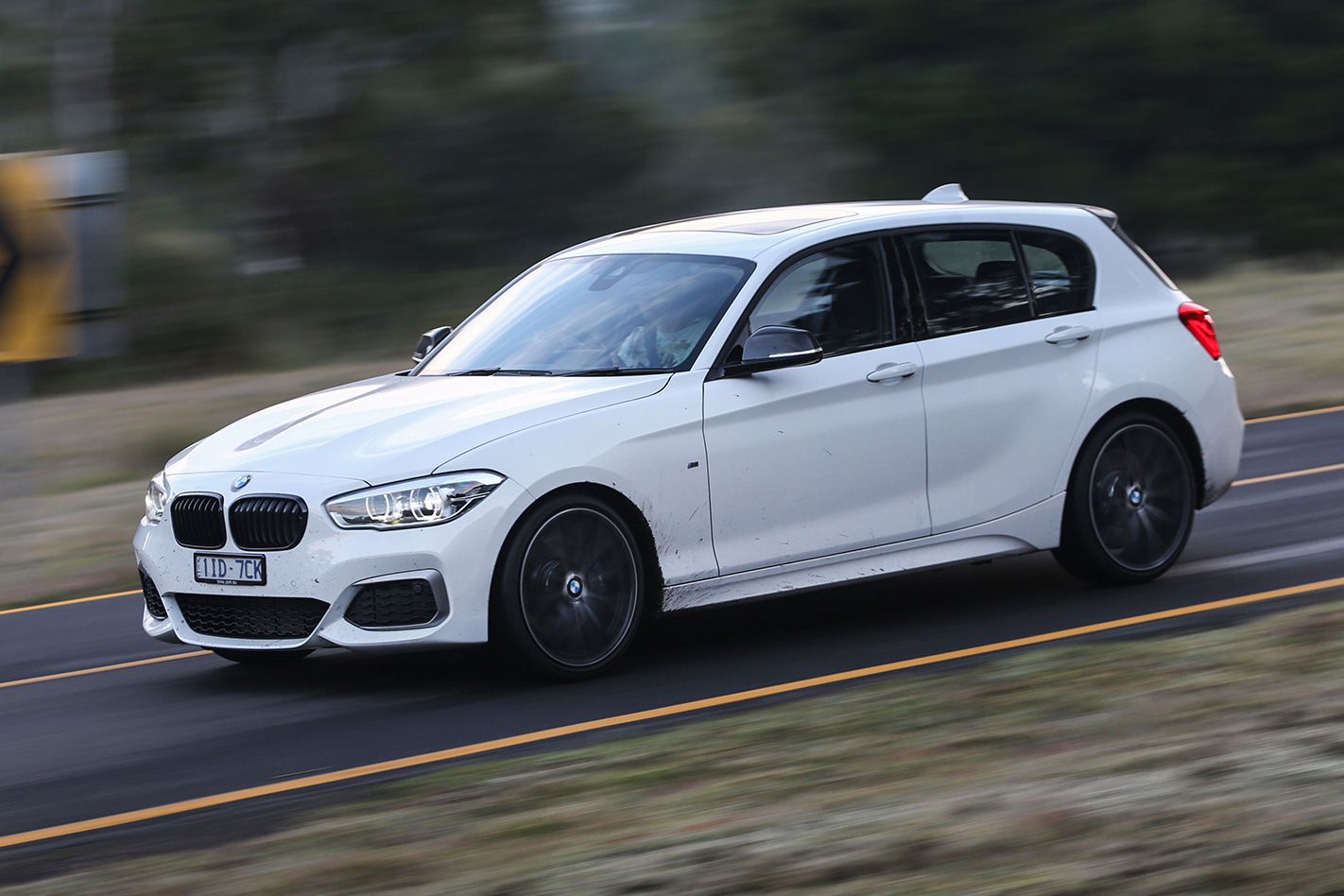
The 45 automatic PEs miss out on this upgrade but still benefit from 19-inch alloys, a performance exhaust, carbon fibre mirror covers and a black grille, rear fins and spoiler to differentiate it from its standard sibling.
Inside it adds an Alcantara steering wheel, cloth/Alcantara sports seats (leather optional), splashes of carbon fibre trim, LED door sills and aluminium pedals for a sporty look.
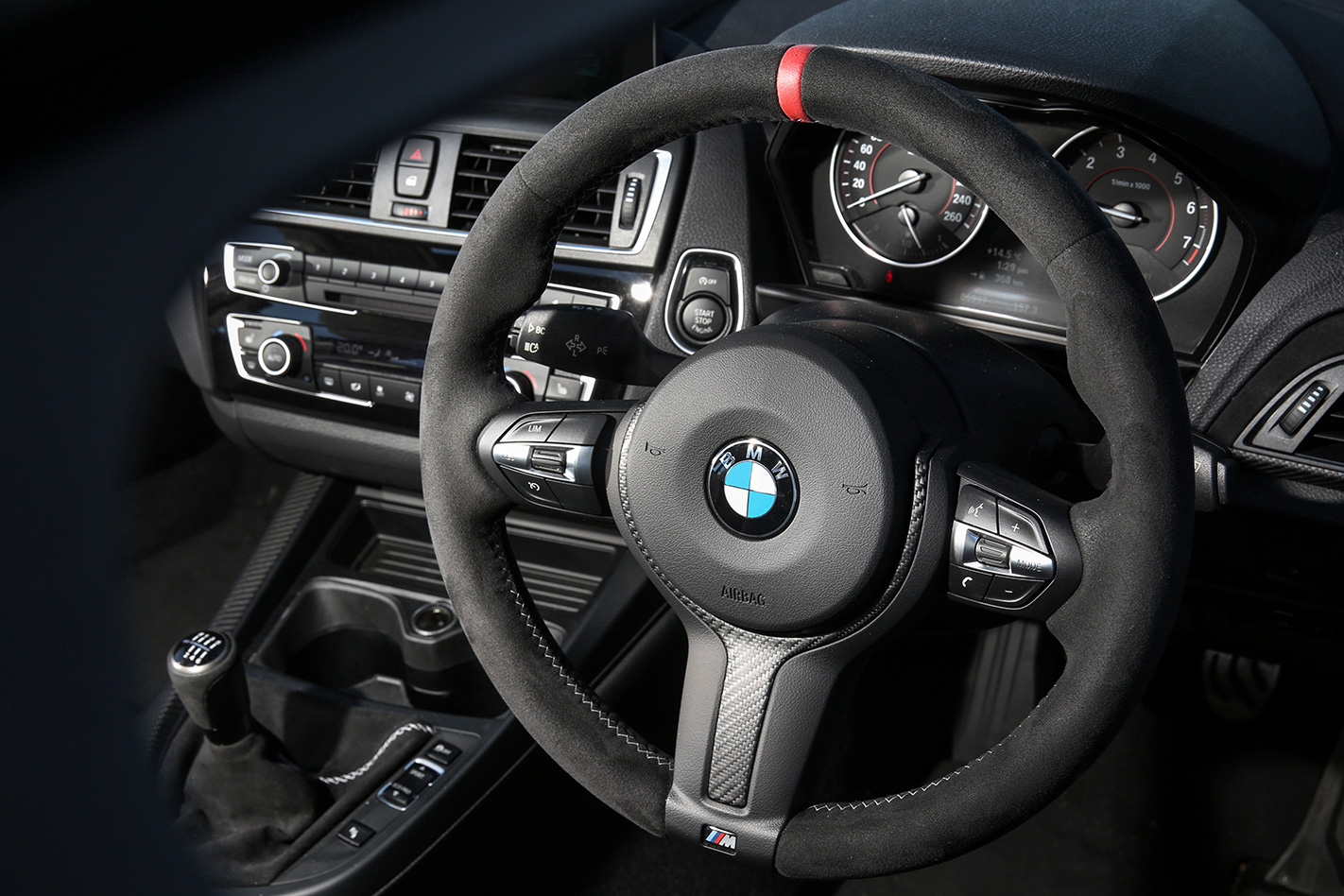
In the words of BMW Australia’s CEO Marc Werner: “[The M140i] is a car with a strong enthusiast following. This Performance Edition builds further on these strengths and its limited production status creates a halo effect for the 1 Series range.”
Each car is identified by a ‘1 of 60’ build plaque and costs $71,900 before on-roads, a premium of $7000 over a regular M140i. You could build your own Performance Edition from BMW’s extensive M Performance Parts range, however buying each part individually would leave you with a bill for around $20,000 – the wheels and tyres alone are $6594, the diff another $4730 (plus fitting).

There are plenty of other questions that need answering. The Performance Edition comes standard with 19-inch wheels shod with Pirelli P Zero run-flat tyres, however each buyer also receives the standard 18s and Michelin Pilot Super Sports, so we’ll be doing plenty of kilometres on both sets of tyres to discover which is the better rubber.
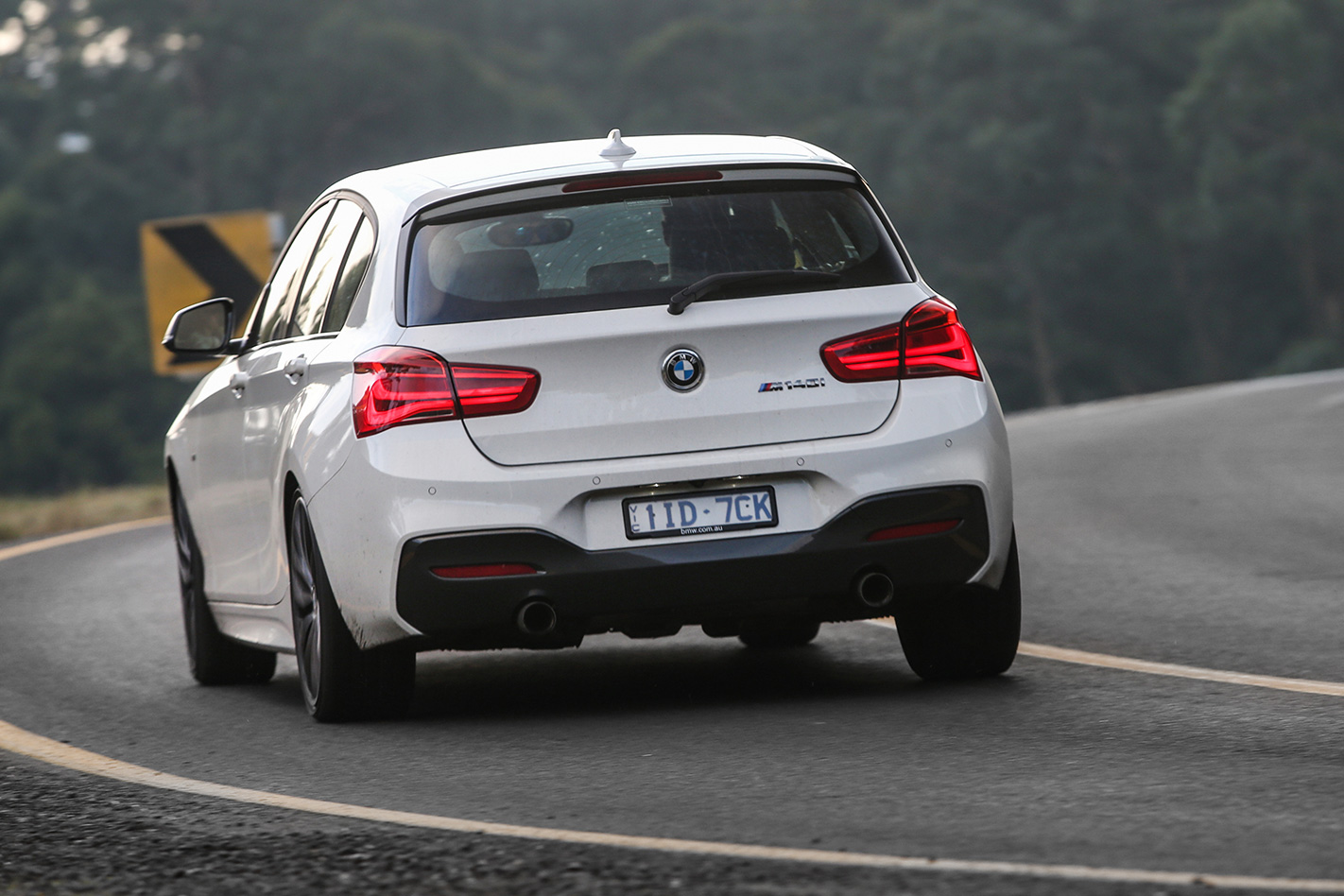
The same test should answer the question of six-speed manual vs eight-speed auto. Finally, in the face of German premium rivals that are lowering hot hatch acceleration times to supercar levels, is the M140i’s rear-drive USP a big enough carrot to entice keen drivers? We have four months (and two sets of tyres) to find out.
Update 1: Sibling Rivalry
Our BMW has a scrap with one of its siblings

The BMW M140i Performance Edition (PE) comes in two distinct flavours.
The vast majority (45 out of 60) are fitted with a ZF eight-speed automatic and bar a fruitier exhaust score only cosmetic upgrades. For the tiny percentage of customers who prefer to shift their own gears (only 6 per cent of M140i buyers choose manual), the other 15 examples use a six-speed manual, but also benefit from a proper mechanical limited-slip diff from the M Performance parts range.
So which is best? Does the manual add a crucial layer of involvement? Can you even notice the effects of the limited-slip diff? To answer these questions BMW kindly lent us its automatic PE for a back-to-back test. Let’s begin by examining the traits common to both cars.

As the only rear-drive challenger in the hot hatch segment, the M140i offers a unique driving experience that its front- and all-wheel drive rivals can’t match. It’s not without flaws: the brakes are a bit wooden and the suspension lacks both a little compliance and travel resulting in a jittery ride over rippled surfaces and the car hopping over bumps at speed, particularly at the rear.
But these slight shortcomings fade into insignificance when compared to the positives. Despite relatively narrow tyres (225/35 front; 245/30 rear) there’s ample grip, more than is initially apparent, but not so much that it’s impossible to adjust the car’s attitude at relatively sane speeds.
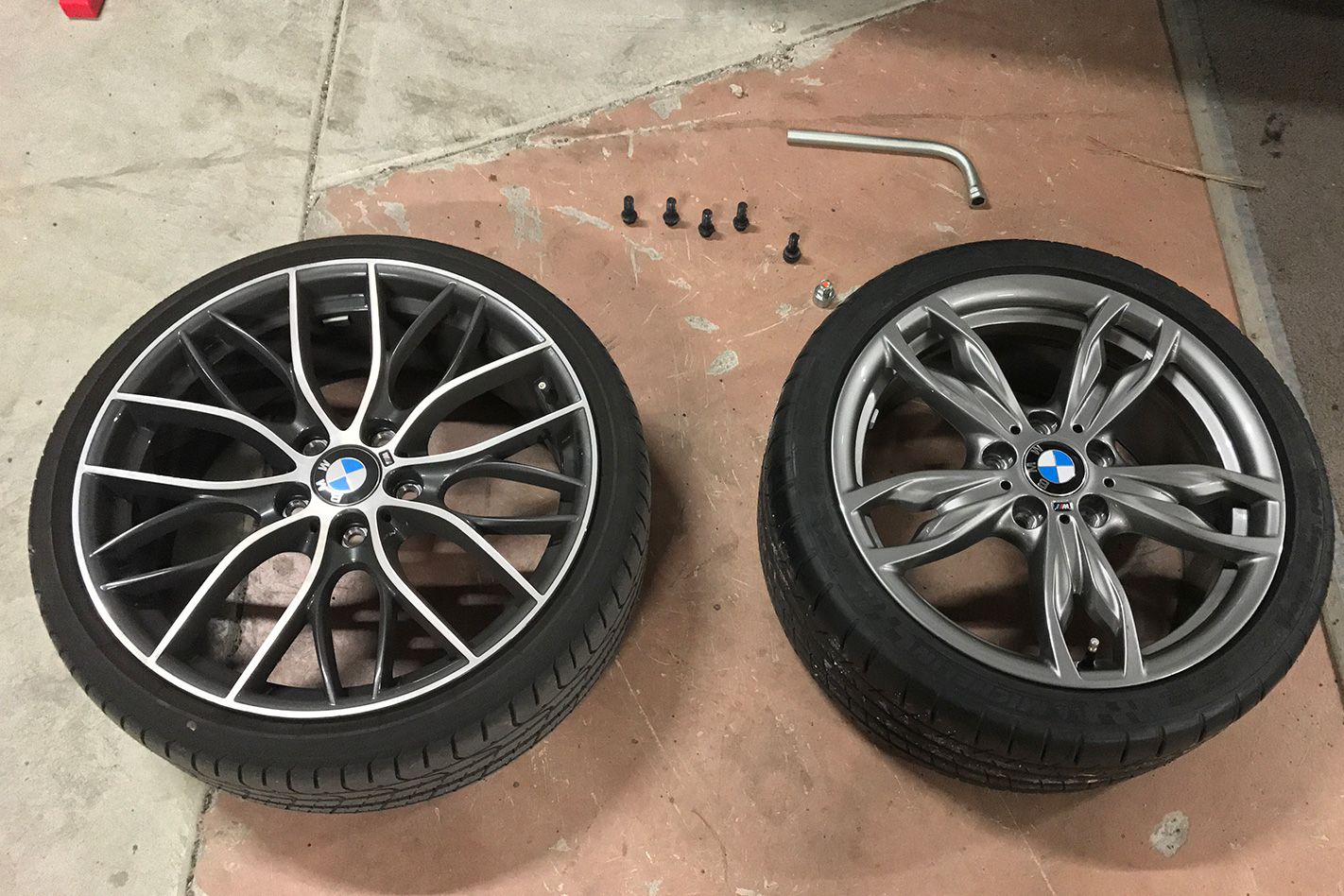
It’s also the easier car to drive quickly. The M4 offers more power, grip and traction, but the corollary to this is an edgier balance if limits are exceeded; the M140i slides earlier but its movements are more clearly telegraphed – it can be driven extremely hard with confidence.
Paradoxically, its Sports ESP setting is also more lenient, subtly trimming your excesses rather than stealing power away. There’s a strong case to be made that the M140i is the most enjoyable driver’s car BMW currently offers, which makes the fact the next-generation will switch to front-wheel drive all the more upsetting.

With the B58 engine now producing 500Nm from 1520rpm, accelerating hard in the standard car frequently starts a fight with the electronics as the grunt is shuffled from wheel to wheel. More often than not, the LSD-equipped PE just hooks up and goes or smoothly transitions into oversteer if traction is lost.
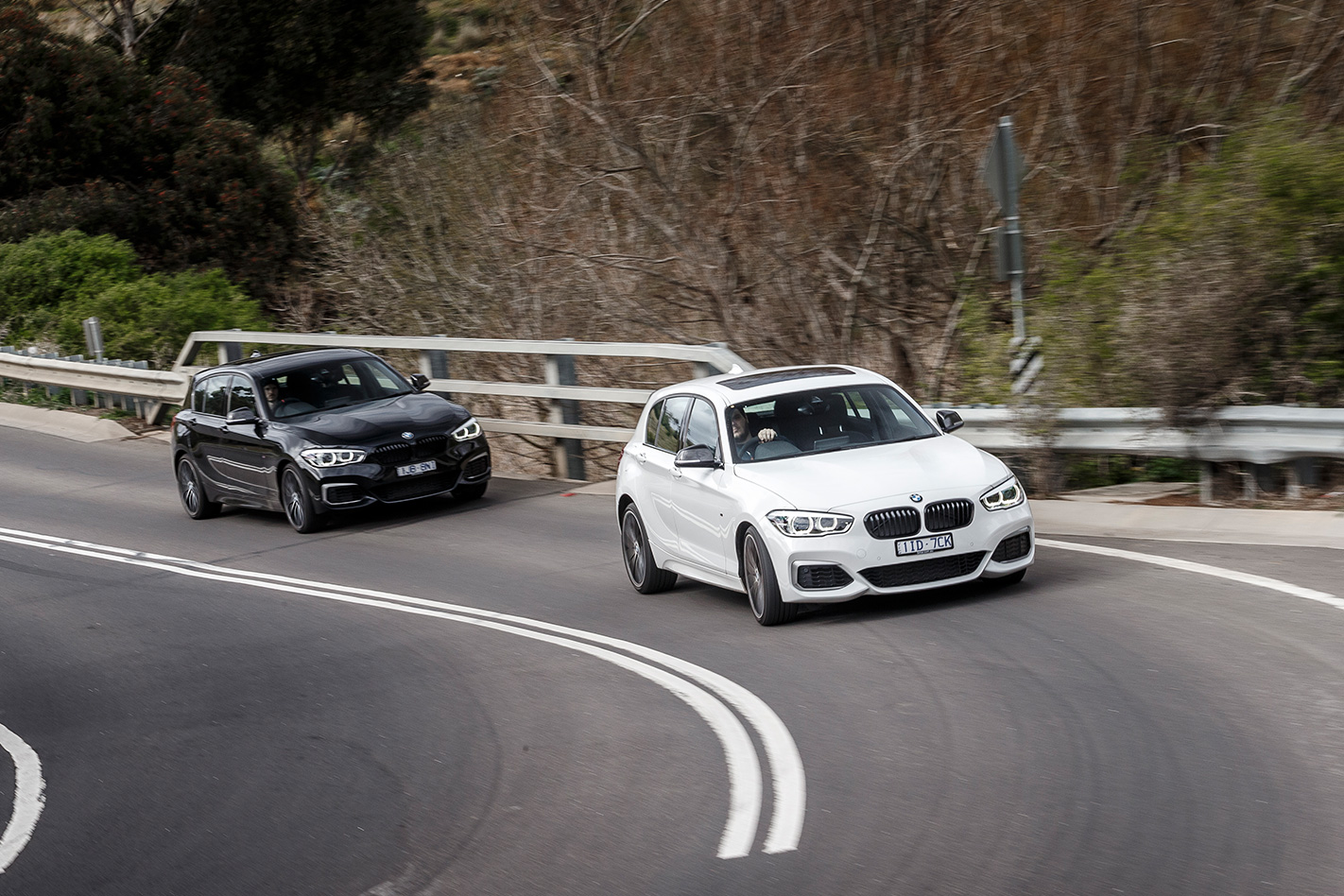
Like for like, without exception the MOTOR crew would choose an automatic M140i; simply put, the manual is okay, whereas the auto is exceptional and feels a better match for the engine.
It also allows you to concentrate on working the excellent chassis harder and, with eight closely stacked gears to choose from, makes the car even quicker. With M140i pricing being cut to $59,990, we’d buy the auto and spend the $4800 saved on that LSD.
MONTH TWO
Fuel this month: 11.65L/100KM Average: 11.65L/100KM Distance this month: 1009KM Total: 5839KM
Liked: Realising just how good this car is Disliked: Ideal spec doesn’t exist Favourite moment: Stalking the M4 on a twisty road
Update 2: The Name Game
Why the M140i lives up to its performance name
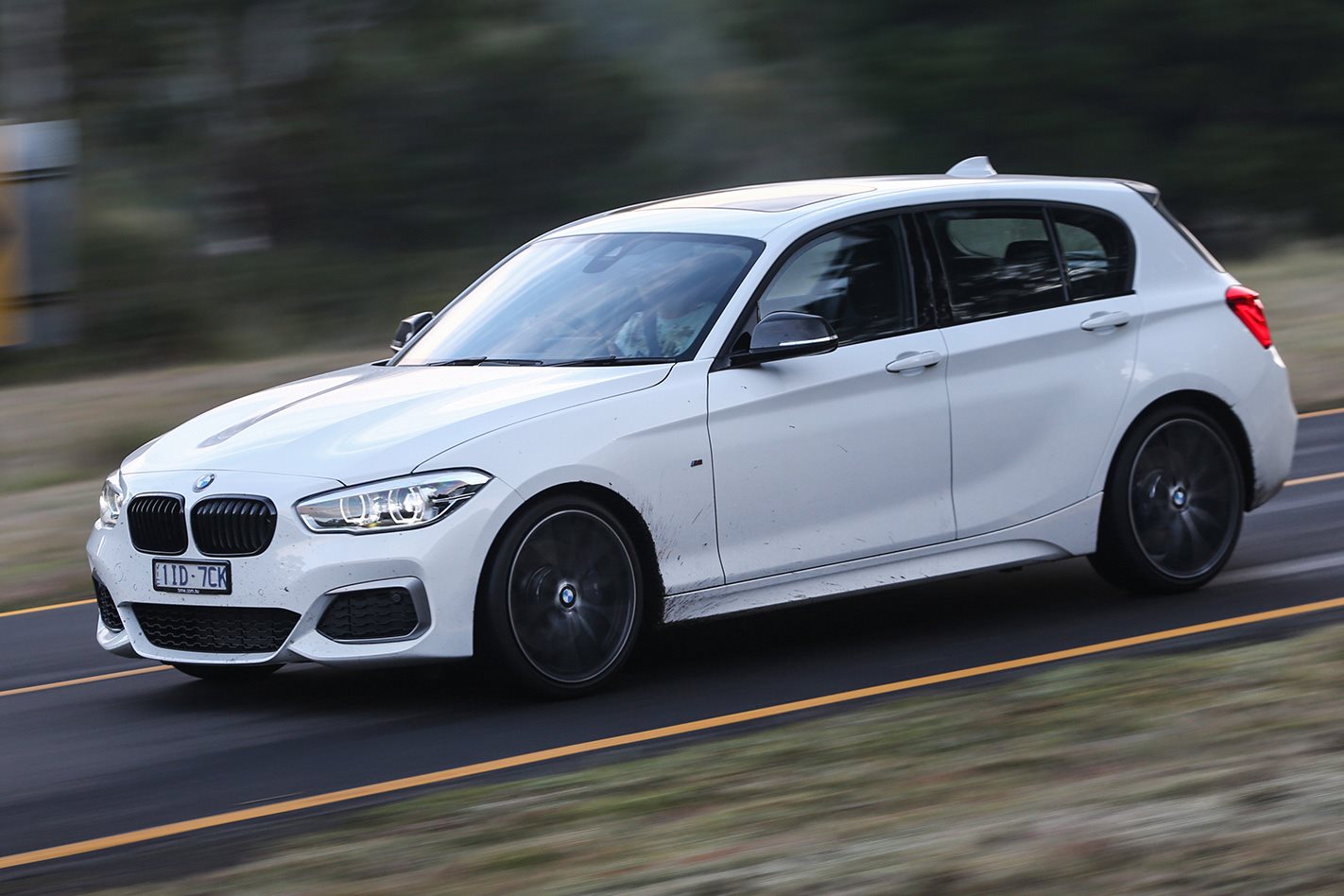
The switch from M135i to M140i was one of the more substantial mid-life facelifts of recent times, but you could be forgiven if it passed you by.
On paper the 3.0-litre turbo six swelled from 240kW/450Nm to 250kW/500Nm, which shaved 0.2sec from the claimed 0-100km/h time (now 4.6sec for the auto, 4.8sec for the manual) and allowed the badge to be changed to give the marketing team something to talk about.
In reality, the changes run much deeper for the M140i uses a completely new engine. The B58 replaces the N55, which has served duty since 2009 in everything from the M135i to the 740i to the X5.
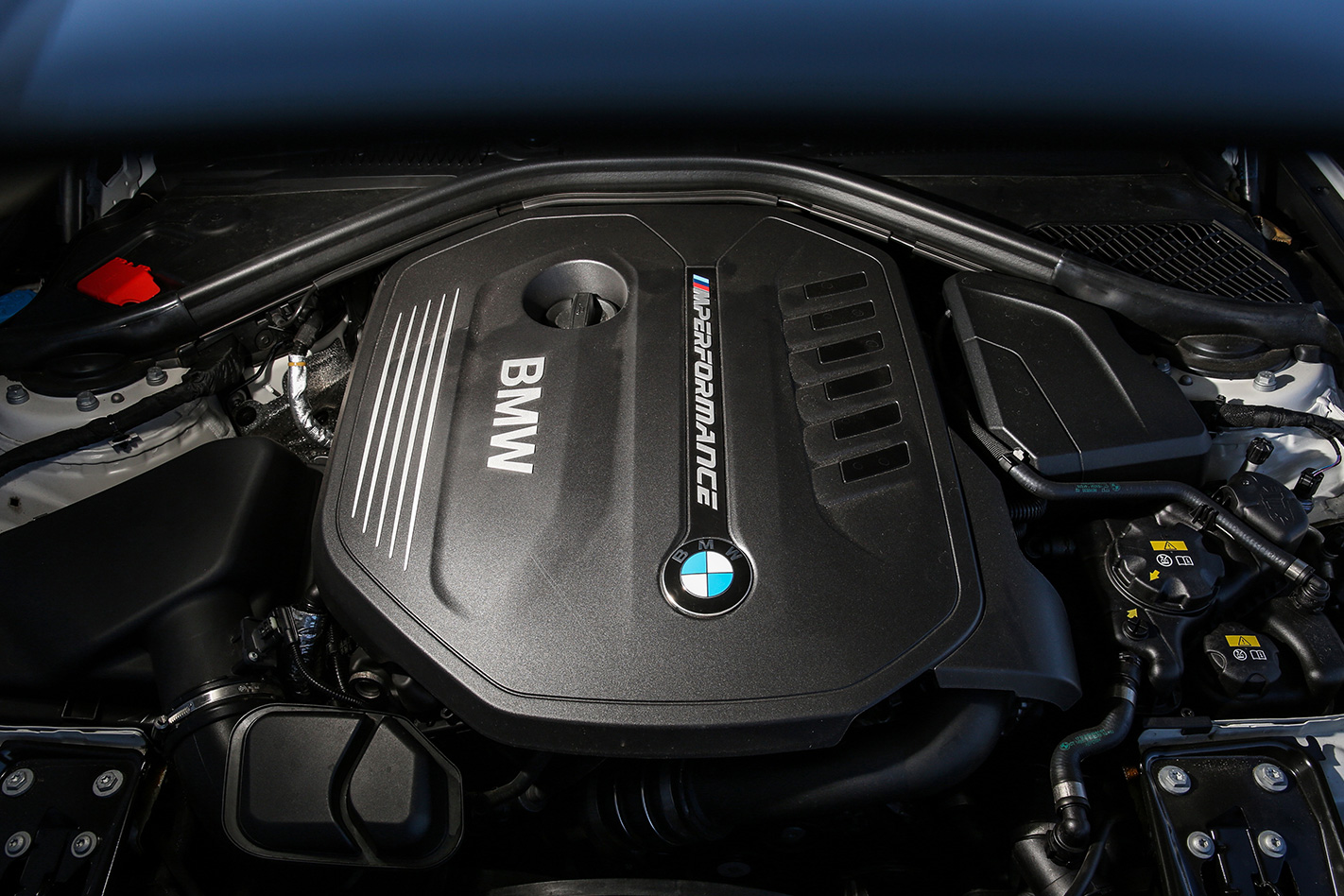
The all-aluminium crankcase is stronger thanks to its closed-deck design and the cylinder linings use an arc-sprayed coating to save weight and reduce friction. Emissions and fuel consumption are also further reduced thanks to a very short warm-up phase and heat encapsulation, which allows the engine to retain heat for up to 36 hours and therefore endure fewer cold starts.
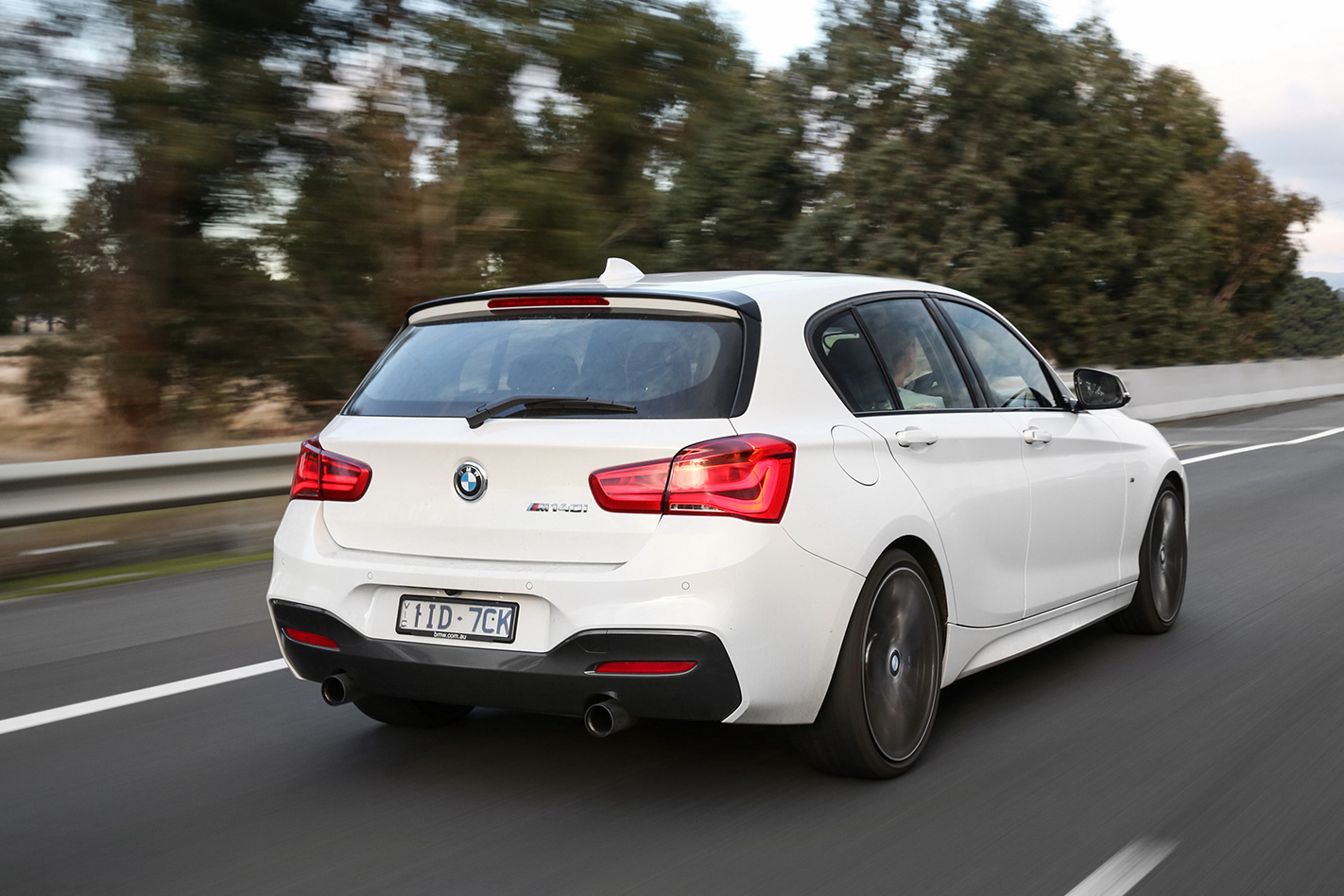
According to various BMW blogs this is going to make life very difficult for tuners – you can’t just whack a bigger intercooler on, for instance – but as Dr Ian Malcolm said in Jurassic Park, “life finds a way”. On initial acquaintance the B58 feels a little too smooth and refined – like a sickly sweet dessert, too much of a good thing – but there is some aggro to be found.
It has an extraordinary powerband; maximum torque is delivered from just 1520rpm, yet meaningful power continues to be produced all the way to the 7000rpm redline. It proves the benefits of less boost/more capacity compared to rivals like the Audi RS3 and Mercedes-AMG A45 which offer even more power but not the same bandwidth.
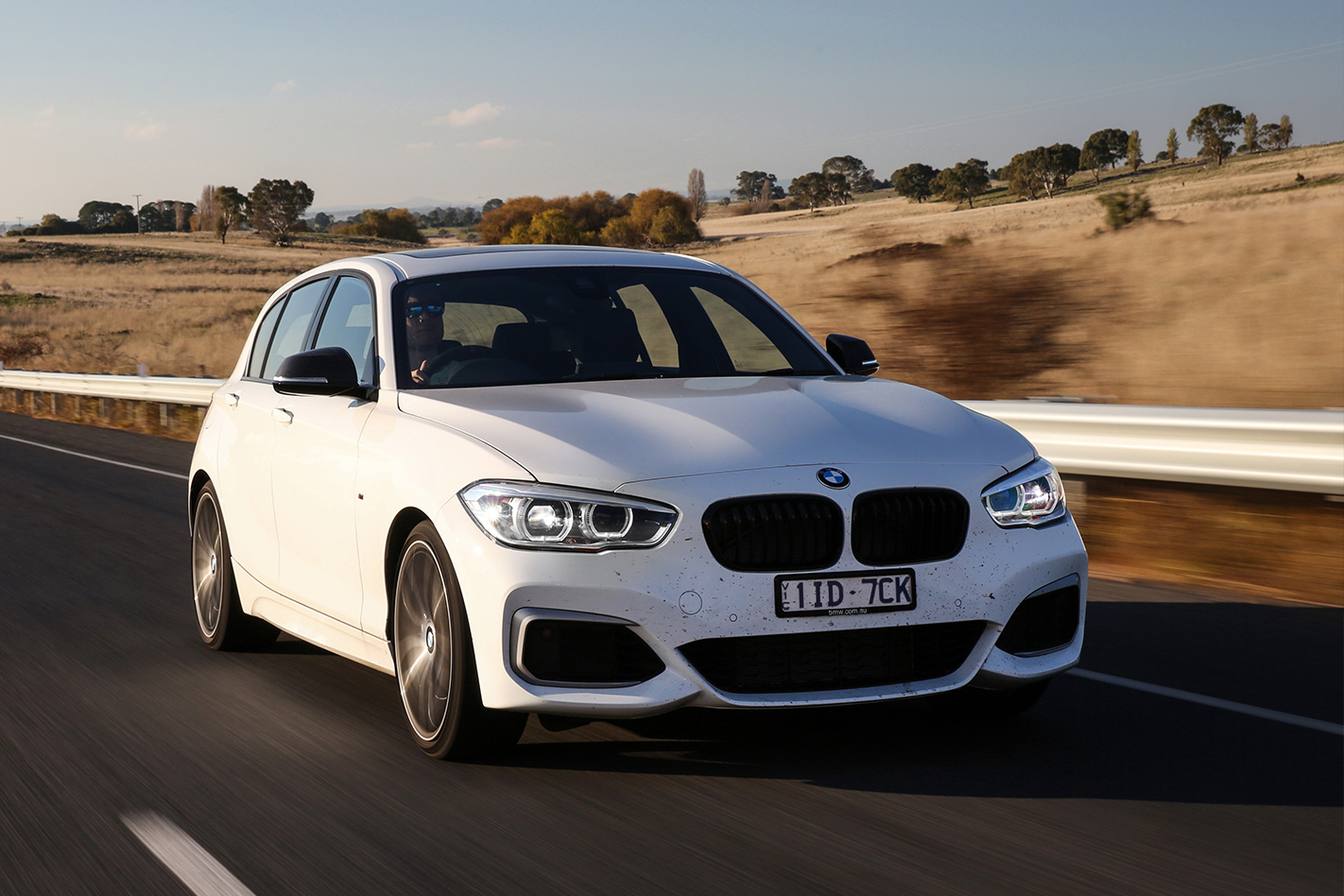
At Bang For Your Bucks this year a standard automatic M140i more or less matched its claim by hitting 100km/h 4.65sec and continued on to a 12.76sec quarter mile at 180.53km/h. But our manual long-termer managed to beat this, clocking 4.58sec to 100km/h at Heathcote on the Pirelli P Zero runflats.
Once rolling the auto’s shorter gearing and instant shifts gave it the slight upper hand, the manual managing a 12.82sec quarter mile at 179.30km/h. It wasn’t even particularly difficult. With a cleanish strip and the LSD ensuring both wheels are turning equally it was merely a case of getting the car moving with around 2000rpm dialled up and then changing gear as quickly as possible.

It might sound like an odd comparison, but the M140i’s big engine/small car characteristics give it a distinct muscle-car vibe – the B58 definitely feels like the defining feature of the car.
About the only aspect that grates is the contrived, almost apologetic nature of the pops and bangs on the overrun, which feel at odds with the otherwise silky smooth nature of the boosted inline six. Nobody’s perfect.
MONTH THREE
Fuel this month: 11.63l/100km Average: 11.64l/100km Distance this month: 1042km total 2151km
Like: Performance to burn Dislike: Contrived pops and burbles Favourite moment: Besting BMW’s 0-100km/h claim
Update 3: Conclusion
Goodbye to what’s possibly the best drivers’ hot hatch
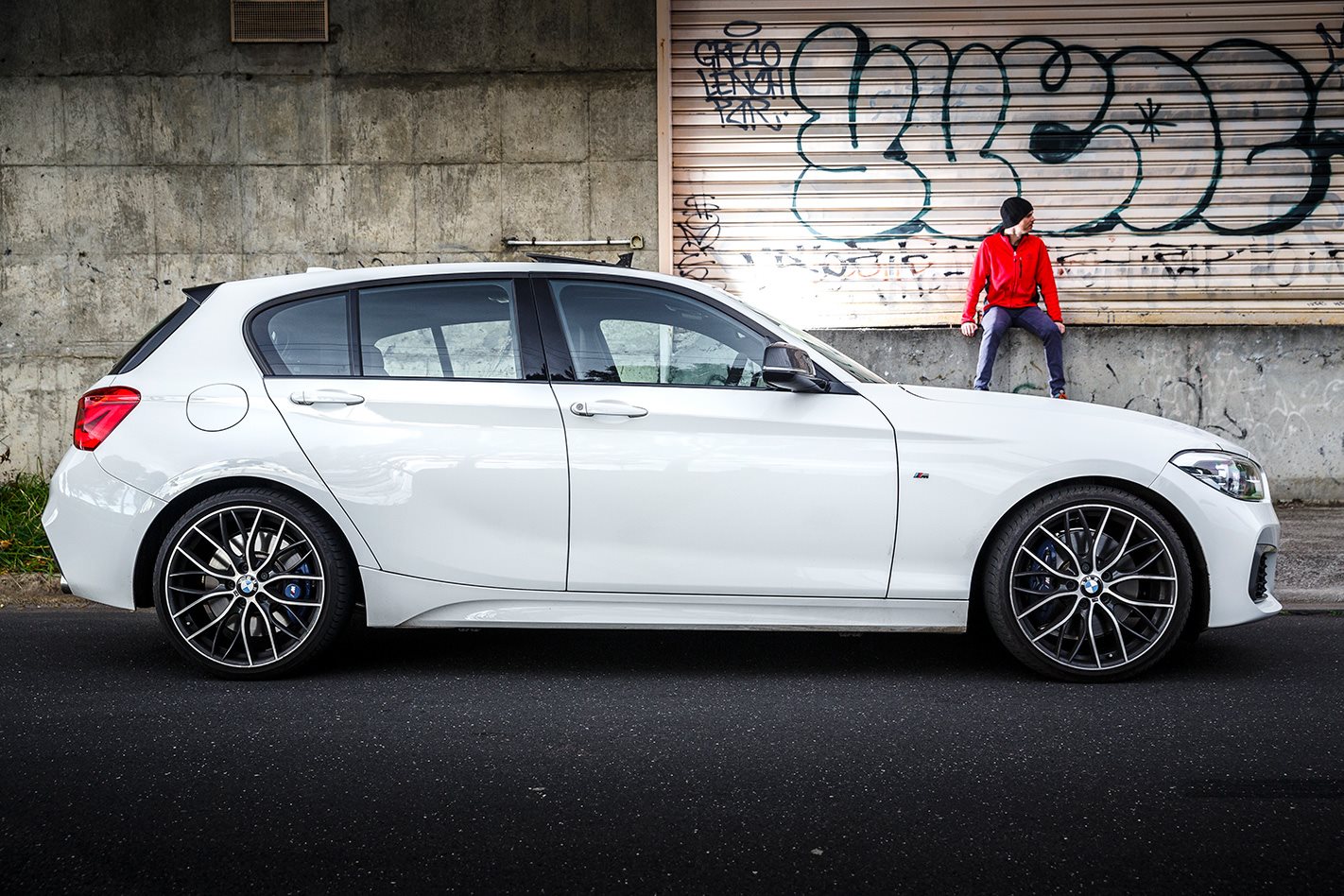
Time’s up for 1ID-7CK – those three months went extremely quickly.
Trouble is, even if BMW was happy for us to keep it longer we couldn’t have, as we drove it so much it was fast approaching the 10,000km at which test cars are grounded.
It’s a mark of the high esteem in which we hold the M140i that it racked up kays so quickly, but before we wrap-up the good, the bad and the ugly of BMW’s uber-hatch we need to talk tyres.

To save itself from having 60 pairs of M140i rims cluttering up its warehouse, BMW Australia provides buyers with both sets of rims, so with our long-termer reaching the end of its tenure it was time to swap. If you’re wondering why we’d bother, the answer is that the two rim sizes wear different rubber.
The standard 18s use Michelin Pilot Super Sports, while the 19s are fitted with Pirelli P Zero run-flats. That said, it wasn’t long before I was wondering why I bothered. As tyre swaps go it was about as far from the two-point-something-second efforts of various F1 teams as you could imagine.
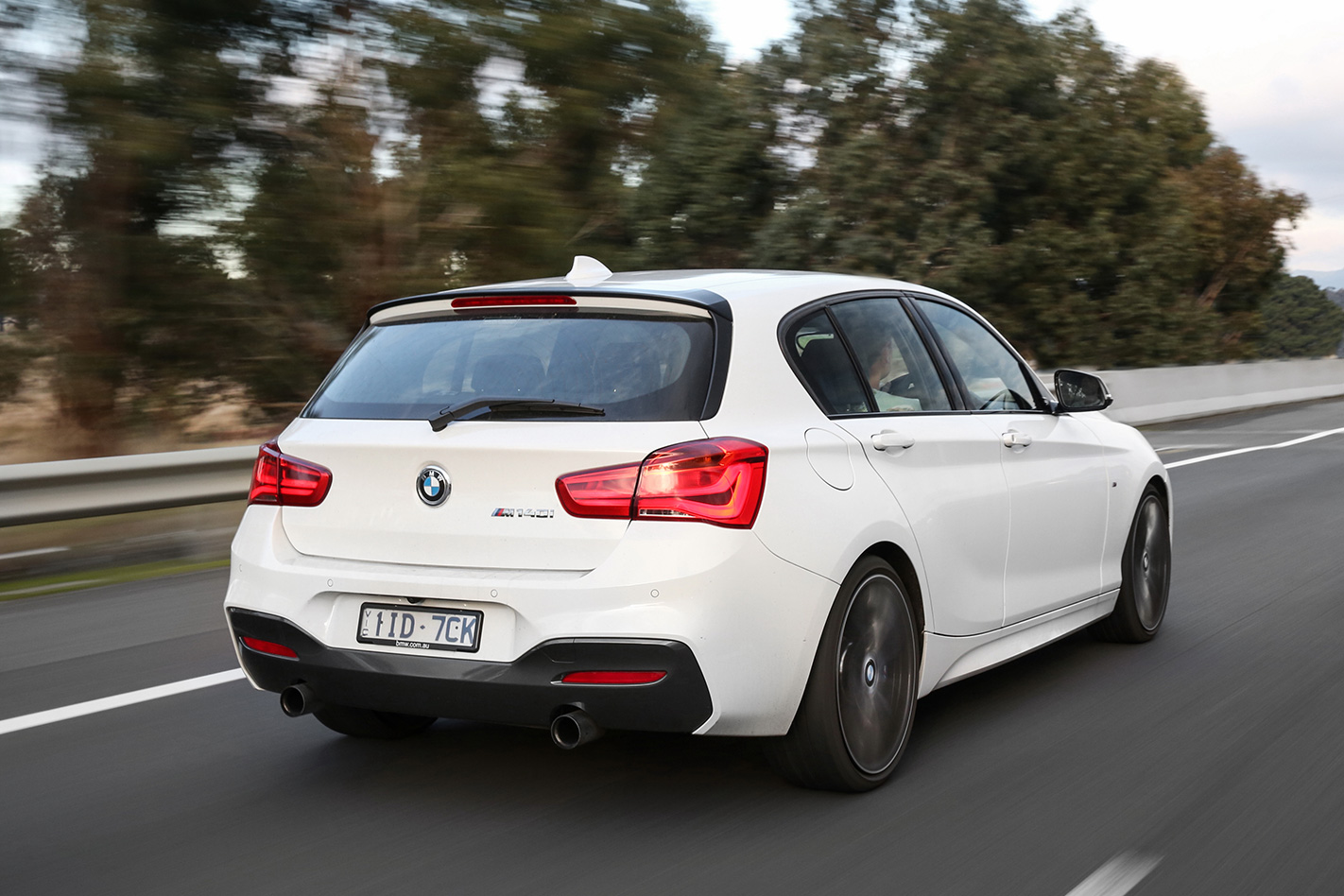
Thankfully, it j-u-s-t squeezed under the side sills and around 30 dirty, sweaty minutes, a few skinned knuckles and many curse words later the M140i was wearing a shiny new set of boots. This is why the rattle gun was invented. So, did the car feel any different? Yes, a little. It certainly looked different.
The 19s are a nice design (though time-consuming to clean) and fill the guards better, but I’m actually quite a fan of the standard 18s. (While we’re on the topic of looks, I can’t understand the hate for the 1 Series’ styling.
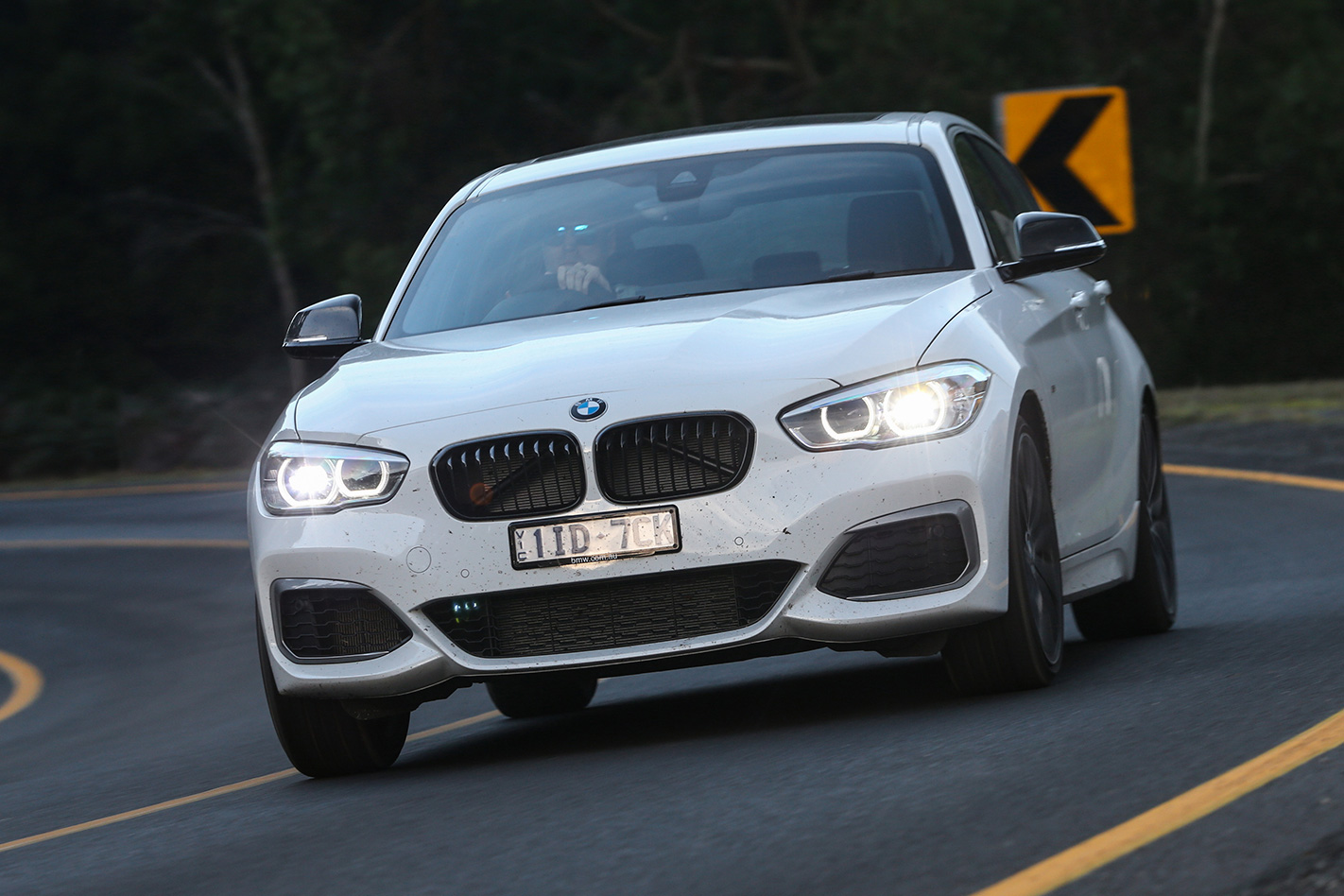
As a more sporting tyre, the Michelins gave greater outright grip, though were also a little more abrupt when they started to slide, and the taller sidewall (40-series vs the Pirelli’s 35-series) and non-runflat construction gave the car a bit more compliance, though the margins were small.
With a gun to my head I’d take the Michelins, but honestly I’d probably keep the 19s on for road use and keep the spare 18s for the track, one place we sadly didn’t get to venture during our time with the M140i PE. Nonetheless, it’s easy to come to a conclusion about the M140i.
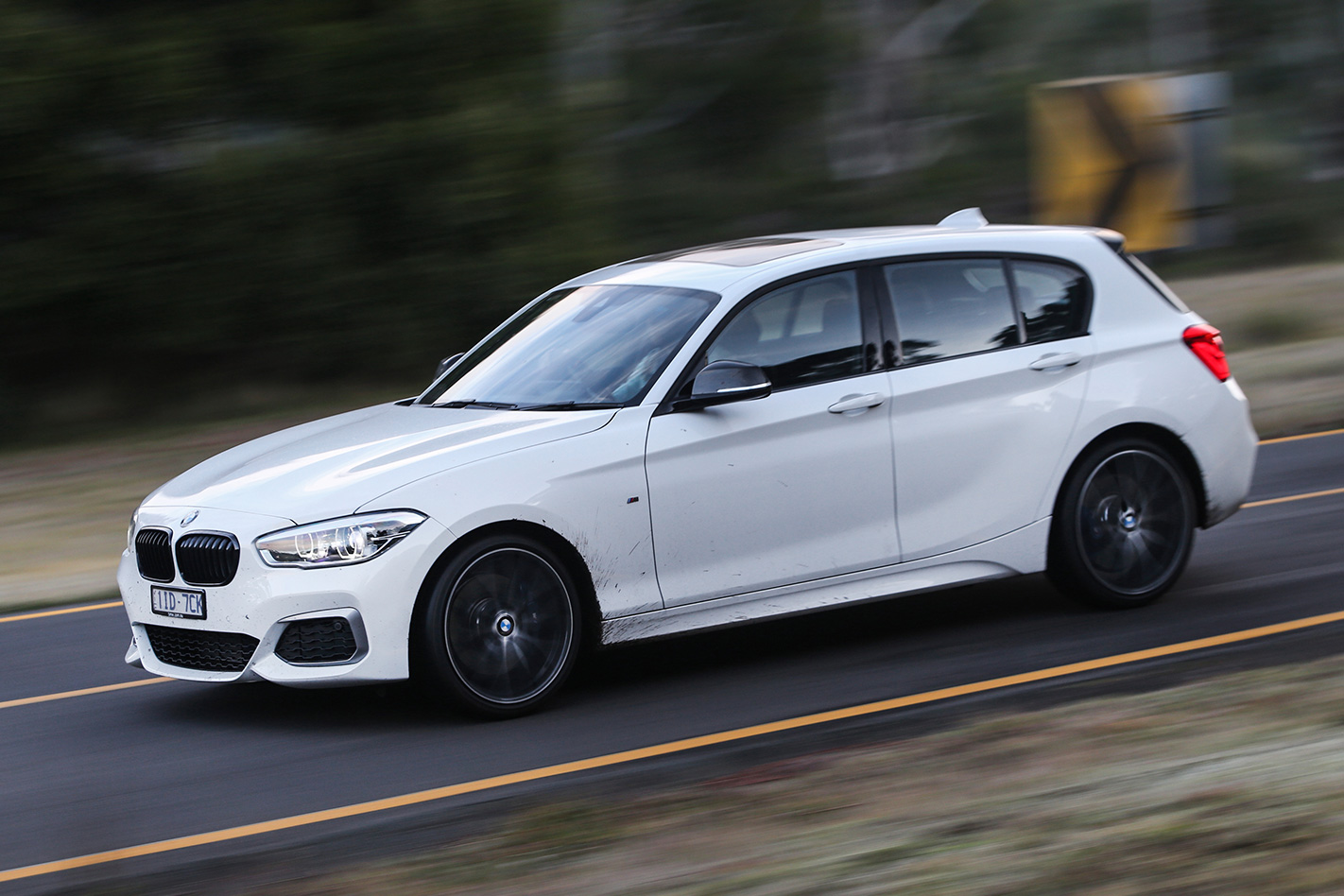
It has the roll-on pace to stick with the likes of the Audi RS3 and Mercedes-AMG A45, yet is more involving and thanks to a recent price cut to $59,990 for the base car, miles cheaper than both. The Performance Edition is a harder sell.

The rest – M Performance exhaust, carbon and Alcantara interior bits, 19s, etc – is nice if you’re after something more exclusive, but personally I’d be very happy buying a standard M140i, ticking the heated cloth seats box and spending the money saved on that chunk of metal in the rear axle.
Either way, it’s a great car, buy one while you can.
MONTH FOUR
Fuel this month: 11.2l/100km Average: 11.6l/100km Distance this month: 1321km
Liked: Michelins make it a better car Disliked: Spending an hour changing tyres






